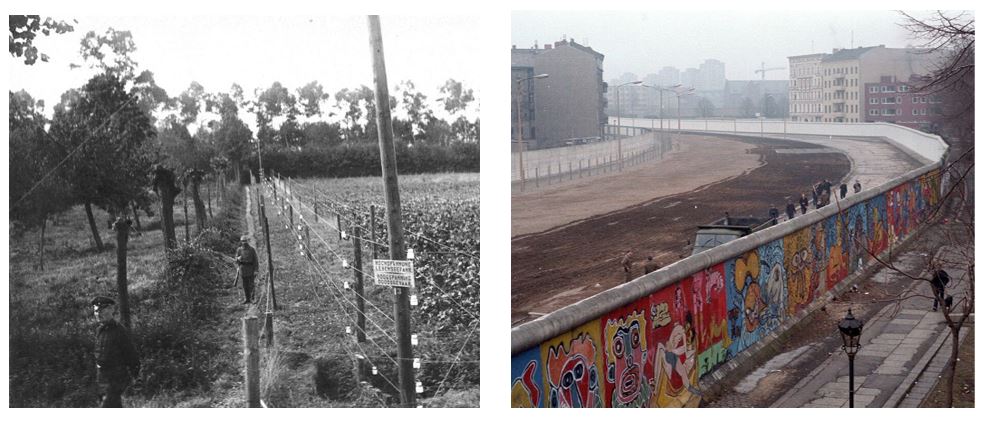Remembrance of Borders: the Berlin Wall and the Dodendraad Compared
Jonathan Denis
Master Erfgoedstudies
2022 — 2023
onderzoek
promotoren
Suzie Thomas
Remembrance of Borders: the Berlin Wall and the Dodendraad Compared
Historic borders receive limited recognition from a heritage perspective, despite their contemporary importance. Finding out what heritage processes are at play at these historic borders can help in coming to terms with their often negative past. This is possible by using a comparative study of two cases: the Dodendraad (1915-1918) and the Berlin Wall (1961-1989).
Borders are a historic phenomenon that continue to divide the world today. They often carry a dark past which is linked to suffering and trauma. Still, borders play an important role in the identity creation of certain groups. This is especially the case when certain heritage processes are part of the remembrance of these historic borders and the traumatic events that happened there.
This thesis investigates what specific processes are present at the remembrance of historic borders and how they cause these borders to be seen as heritage. This is done by analysing two cases. These cases are the Dodendraad, the electric fence which ran across the Belgian-Dutch border during the First World War, and the Berlin Wall, a wall which divided East and West Berlin between 1961 and 1989. By analysing the two cases with a similar approach, it was possible to make a comparative study.
On the basis of a source-oriented approach, both cases were examined individually. Subsequently, this thesis looks at the different remembrance projects that were carried out in context of the memory of both barriers. Although they seem two very different cases, numerous similarities can be noticed. At the same time, the heritage processes are apparently really similar, but more nuance is needed to tell the entire story.

